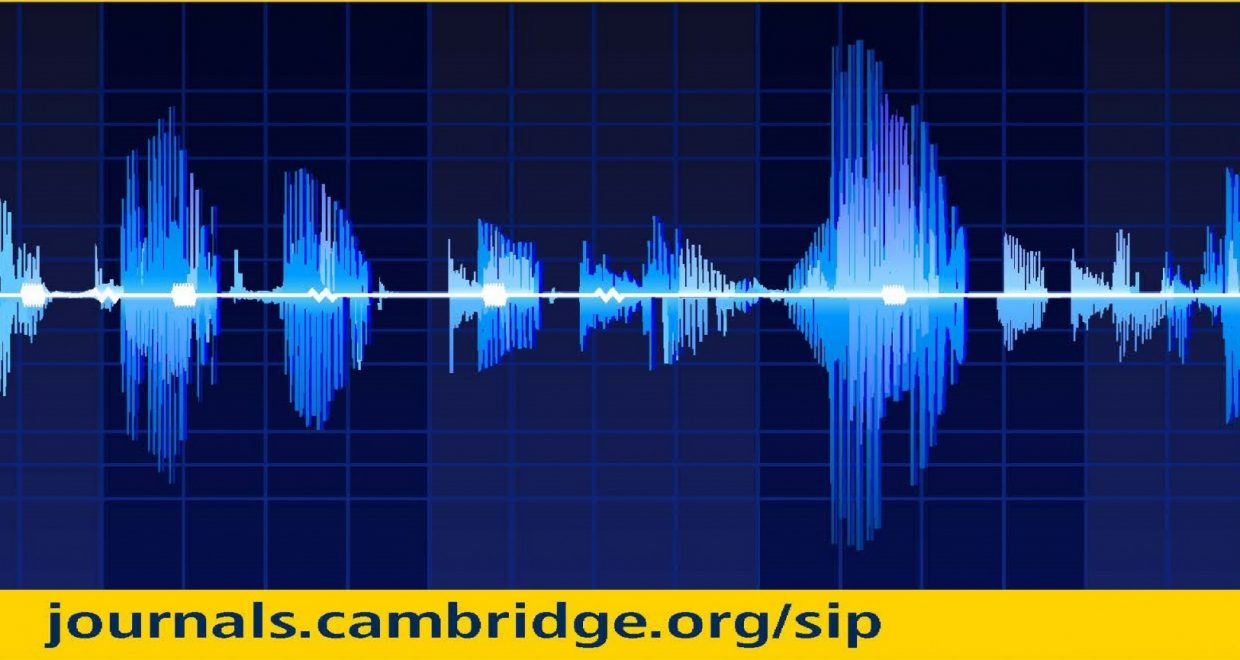Q&A with the new Editor-in-Chief for ATSIP
Professor Tatsuya Kawahara from the School of Informatics at Kyoto University, is the new Editor-in-Chief of APSIPA Transactions on Signal and Information Processing.
Q. What do you think is distinctive about ATSIP as a journal?
ATSIP covers a broad spectrum of signal processing, instead of specific areas such as image and speech. As a new journal, ATSIP focuses on emerging areas where either (i) processing reaches higher semantic levels (e.g., from speech/image recognition to multimodal human behaviour recognition) or (ii) processing is meant to extract information from datasets that are not traditionally considered signals (e.g., mining of Internet or sensor information).
Q. What are some of the challenges facing the field today? In what new directions might the field go?
The field of signal processing is strongly affected by recent big trends of IoT, Big Data, and Deep Learning. IoT has drastically widened the area of signal processing to almost anything at anywhere and anytime. Big Data paradigm has changed the way the data are collected, and significantly enhanced the systems based on signal processing. Finally, Deep Learning has changed the methodology of signal processing from traditional statistical modeling of (mostly) linear systems. In fact, the early success of Deep Learning was in the fields of speech recognition and image recognition.
Q. How did you get into the field of Signal Processing?
When I was admitted to the graduate school back in late 1980s, there was an AI boom of the previous generation. So I wanted to study something related with AI, and my supervisor told me speech recognition and understanding is the basis of AI. Now in the midst of another AI boom in 2010s, speech technology is prevailing in smartphone assistants and smart speakers, and will eventually be everywhere in houses and automobiles.

Q. Why do you think authors should publish with ATSIP?
ATSIP is an open-access journal of high quality and fast turnaround. Unlike traditional journals, the paper review process is prompt and the open-access publication fee is very reasonable (USD 630 for any number of pages!). Moreover, the editorial board consists of international experts of the field to maintain the quality of the journal. Although it is very young, ATSIP has good statistics of average paper views and citations.






